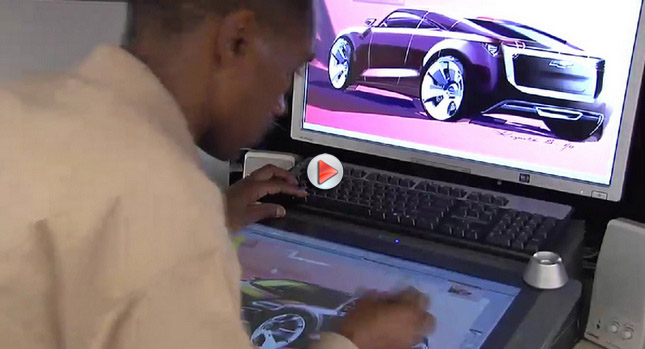GM’s Design Center is adopting the use of three-dimensional rapid prototyping in order to reduce the time and money required in developing expensive parts of prototypes.
The 3D technology will replace much of the work done on clay modeling and molding while developing a prototype. Moreover, designers from various GM design studios from around the world will be able to see their creations come to life much faster thanks to the digital manufacturing capabilities.
These include selective laser sintering and stereolithography, which allow them to move on quickly and cheaply from prototypes to one-off parts for wind tunnel testing or even replace various parts between tests.
 “Long before a full-size model or vehicle is built, rapid prototyping helps to improve the accuracy of the one-third scale models that are used for early aerodynamic testing,” said Aerodynamic Development Engineer Suzanne Cody.
“Long before a full-size model or vehicle is built, rapid prototyping helps to improve the accuracy of the one-third scale models that are used for early aerodynamic testing,” said Aerodynamic Development Engineer Suzanne Cody.
“Air-flow through the engine compartment and underneath the car is critical to both cooling the engine and lowering drag.”
The EN-V concepts presented at the 2010 Shanghai Expo were one of the most recent applications of 3D rapid prototyping.
Three bodystyles were designed by GM’s design centers in three different continents: America (Los Angeles), Australia (Melbourne) and Europe (Russelsheim). Then the US shop in Warren manufactured the bodies and most of the components, showing the efficiency of this technology.
VIDEO







